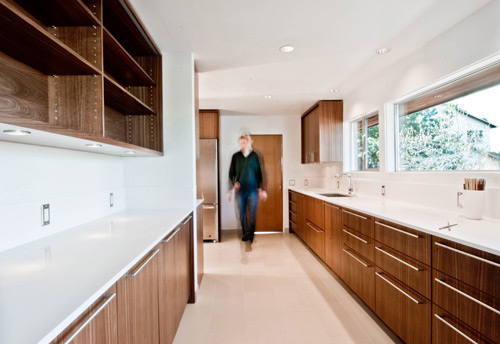
[All photos by BUILD LLC]
BUILD LLC just wrapped up a nice remodel to a mid-century modern home north of Seattle for a couple of great friends and it’s a good time to share the results. The project was a pleasure to work on and it’s just the kind of housing type that we love applying our skills to. The residences from the 1950’s were well designed and have great bones. Now that these homes are getting up there in age, certain areas need updating. With some strategic planning and a good system in place, the lives of these homes can be extended for another 60 years +. Intelligently remodeling an existing house to make it last for another couple of generations is also one of the most sustainable things a homeowner can do.
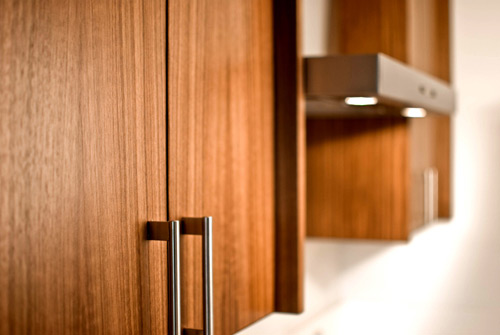
With all the advantages of remodeling these MCM homes, we’re seeing a lot more of them lately. We’re seeing so many of these project types, in fact, that we’ve started to develop a system to update them efficiently and cost-effectively. We’re calling it the Case Study Remodel and today’s post will cover the primary strategies.

1. Limit the scope
While it would typically be ideal to update the entire home, most homeowners have a budget that dictates financial focus; being mindful of where dollars are spent allows a homeowner to get the most renovation for their buck. Usually there are certain areas of older homes that need the most attention and we’ve found that the kitchen and bathrooms are typically most in need of modernizing. Updating the basement (if one exists) to be desirable space is also, in general, high on the list.
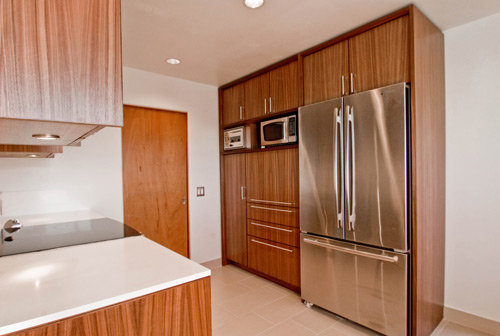
2. Be surgical
It can be difficult to know where to stop with a home renovation. Since the kitchen is being overhauled, it’s tempting to update a few things in the living room, and then why not replace the doors to the deck and, all the sudden, that awful guardrail looks like it could use replacing. Before you know it, budget creep occurs. We find it useful to draw concise lines where the remodel is ending. In this example, the kitchen remodel was confined to the walls of the kitchen and inward. This discipline even kept the original sliding doors of the home intact. The doors don’t match the polished look of the kitchen but this discipline allowed the remodel to focus on what is most important and kept the project on budget.
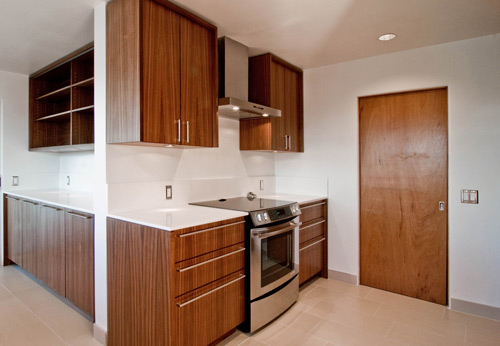
3. Homes are living things
A house breaths and has a circulation not too different from humans; and similarly, a house requires maintenance. While some aspects of a remodel address cosmetic concerns (cabinets, tile, etc) a good remodel should also assess the health of the home. Leaky plumbing, air gaps in the siding, or ducts that don’t properly ventilate can all cause damage to the structure and depreciate the value of the home. A decent renovation should include a contingency to update some of the systems (plumbing, electrical, heating, ventilating, and maybe that dry rot under the kitchen floor). It’s never a fun way to spend money during a remodel, but putting funds aside for it during the remodel saves money and frustration in the long-run.
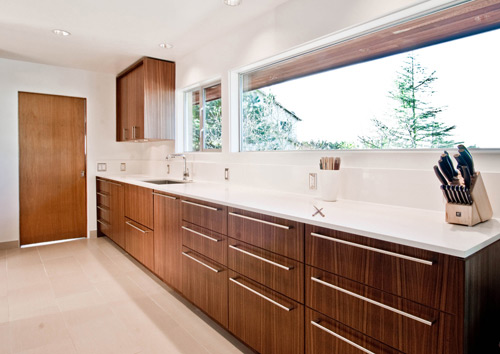
4. Use systems
Reinventing design for each remodel consumes time and money –both of which can be better applied to the updates themselves. While there may be a couple of details custom to each project, we find that it’s smart to use architectural systems for the majority of the renovation. In this case, we developed a standard kitchen cabinet system in our Special Projects Division cabinet shop. It utilizes cabinets made of 3/4” vertical grain walnut veneer and at the lower cabinet boxes and drawers we like to use a gray Wilsonart laminate on Europly with exposed edges. The countertops, side panels and cabinet pulls all flush out for a clean, look.

It’s a sharp, modern aesthetic that has already been designed and used on previous projects, allowing homeowners to invest their time and money into the house itself. The system is supplemented with Chroma countertops and Sugatsune 1000 series stainless steel pulls. Drawer slides, door hinges and a range of organizers are supplied by the exceptionally functional and beautiful Blum Motion line. A few other details sharpen up the composition like under-cabinet puck lighting and 5mm stainless steel grommets at the adjustable shelf pegs.
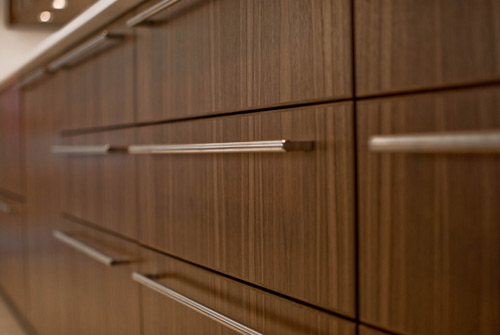
The pull-out trash & recycle drawer has also become a standard feature in the SPD cabinet system.
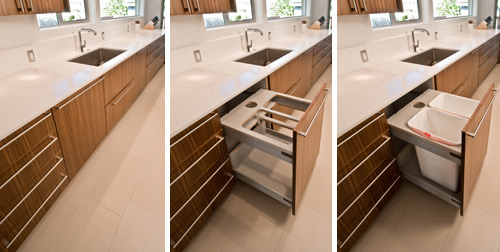
A more recent innovation to the SPD cabinet line has been a system of adjustable cabinet feet which allow calibration of the cabinet box height from inside the cabinet itself. This saves a bit of time with installation, allows for perfectly square boxes to fit in an existing home which may not be straight and the mechanics are visually unobtrusive.
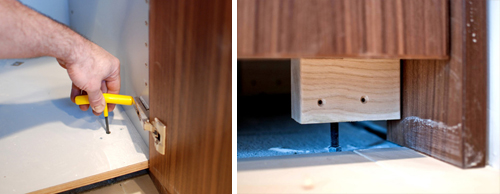
5. Celebrate a couple of special details
Pick out a couple of smaller details that speak to the character of the home. It only takes 2 or 3 items and they don’t have to be extensive. In this case we integrated a vintage mid-century intercom system into the cabinet package. The intercom was original to the house and the homeowners were excited give it a presence in the new kitchen. Details like this make a cabinet system distinctive and personalized.
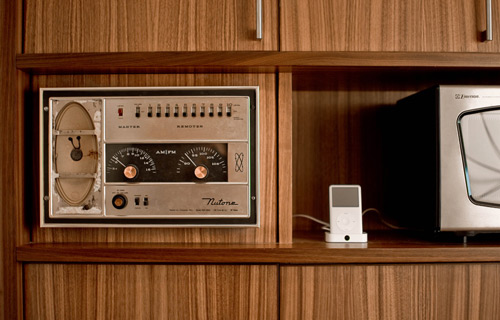
Let us know what you think of the final product.
…and for more design talk, follow us on Twitter.





